Polycarbonate endurance boards are popular for their excellent light transmittance, impact resistance and weather resistance. However, when cutting polycarbonate sheets, cracks and burrs are often a headache. These defects not only affect the aesthetics of the sheet, but may also weaken its structural strength and reduce its performance. So, how can we effectively avoid the appearance of cracks and burrs when cutting polycarbonate sheets?
1. Correct selection of cutting tools
(I) Sawing tools
Circular saws are commonly used tools for cutting larger PC endurance board. However, ordinary circular saw blades are prone to high temperatures and large impact forces during cutting, resulting in cracking and burrs of the sheet. Fine-tooth circular saw blades specially designed for cutting plastic sheets should be selected. The number of teeth is usually between 80 and 120. The fine-tooth design can reduce the cutting force and friction heat during cutting, and reduce the risk of damage to the sheet. At the same time, the speed of the circular saw should be strictly controlled. It is generally recommended to have a speed of 3000-4000 rpm. Too high a speed will increase frictional heat.
A jigsaw is also a viable option, and it should also be equipped with a fine-tooth plastic cutting saw blade. When using a jigsaw, in order to ensure the stability and accuracy of the cutting, you can first draw the cutting line on the board with a pencil, and then slowly move the jigsaw along the cutting line to avoid the saw blade deviating and causing uneven force on the board and cracks.
(II) CNC cutting equipment
If the cutting accuracy is high, CNC laser cutting machine or CNC water jet cutting machine is a better choice. CNC laser cutting machine uses high-energy laser beam to instantly melt or vaporize polycarbonate sheet. There is no mechanical stress during the cutting process, which can effectively avoid cracks, and the cutting edge is smooth and almost burr-free. However, when using laser cutting, the laser power and cutting speed must be accurately controlled to prevent the temperature from being too high and carbonizing the edge of the board. CNC water jet cutting machine cuts the board through high-pressure water flow mixed with abrasive. The cutting process is gentle and will not cause thermal deformation. The edge of the cut board is smooth, which can also well avoid cracks and burrs.
2. Pretreatment of the sheet before cutting
Before the formal cutting, proper pretreatment of the PC endurance board can lay a good foundation for smooth cutting.
(I) Cleaning the sheet
Use a clean soft cloth and a special cleaner to thoroughly remove dust, oil and other impurities on the surface of the polycarbonate sheet. The presence of impurities will not only affect the cutting accuracy, but may also generate additional heat and stress due to friction during the cutting process, increasing the probability of cracks and burrs. After cleaning, wipe the sheet with a dry soft cloth to ensure that the surface is clean and dry.
(II) Fixing the PC endurance board
The stability of the sheet is crucial during cutting. Place the polycarbonate sheet on a flat and sturdy workbench and use a clamp to firmly fix the sheet. The strength of the clamp should be moderate. If it is too loose, the sheet will shake during the cutting process, causing the cutting line to deviate, resulting in burrs or even cracks; if it is too tight, the sheet may be indented or cracked due to excessive local pressure. Generally speaking, the clamps can be evenly arranged at the four corners and edges of the sheet to ensure that the sheet does not move during the cutting process.
(III) Marking cutting lines
Use tools such as pencils and rulers to accurately draw cutting lines on the surface of PC endurance boards. In order to improve cutting accuracy, professional templates or positioning tools can be used to assist in marking. Clear and accurate cutting lines can help the cutter better control the cutting direction and reduce sheet damage caused by cutting deviation.
3. Optimizing the cutting operation process
The operating details during the cutting process directly affect the cutting quality of polycarbonate endurance board.
(I) Controlling cutting speed
Whether using sawing tools or CNC cutting equipment, the cutting speed must be strictly controlled. Taking a circular saw as an example, the cutting speed should not be too fast. It is generally more appropriate to keep it at a speed of 1-2 meters per minute. Slow cutting can make the sheet evenly stressed during the cutting process, reduce stress concentration, and avoid cracks. At the same time, slow cutting also helps the saw blade to discharge the debris generated by cutting in time, preventing the debris from accumulating in the cutting seam and causing secondary damage and burrs. When using a curved saw, it is also necessary to move along the cutting line at a steady and slow speed to avoid speeding up and slowing down or forcibly pulling the saw blade.
(II)Apply appropriate pressure
When using sawing tools for cutting, be sure to apply appropriate pressure. If the pressure is too small, the friction between the saw blade and the plate is insufficient, which may lead to low cutting efficiency and even slippage, affecting the cutting quality; if the pressure is too large, it will increase the force on the plate and easily cause cracks. The correct approach is to let the saw blade rely on its own weight and reasonable propulsion force to cut. Just gently apply forward thrust during the cutting process so that the saw blade can smoothly cut into the plate.
(III) Cooling and lubrication
The heat generated during the cutting process is one of the important factors that cause cracks and burrs in polycarbonate panels. Therefore, appropriate cooling and lubrication measures can be adopted during cutting. For sawing tools, special plastic cutting coolant can be used. During the cutting process, the coolant is continuously sprayed on the cutting part to reduce the cutting temperature and reduce the risk of deformation and cracking of the plate due to high temperature. At the same time, the coolant can also play a lubricating role, reduce the friction between the saw blade and the plate, make the cutting smoother, and effectively reduce the generation of burrs. If there is no special coolant, you can also use a small amount of soapy water or alcohol for simple lubrication and cooling, but the effect is relatively poor.
4. Treatment and inspection after cutting
After cutting, proper treatment and inspection of the PC endurance board can further improve its quality.
(I) Edge grinding
Even if the above-mentioned measures to avoid cracks and burrs are adopted, there may still be some small unevenness or slight burrs on the edge of the cut sheet. At this time, you can use sandpaper, grinders and other tools to grind the edge of the sheet. Pay attention to uniform force when grinding, start with coarse sandpaper, and gradually change to fine sandpaper to grind the edge smooth. For some cutting parts with higher precision requirements, you can also use a polishing machine to polish the edge to make the edge more beautiful.
(II) Quality inspection
Carefully check the cut PC endurance board to see if there are cracks, burrs, cutting deviations and other problems. For small cracks found, special polycarbonate sheet repair agents can be used for repair; for more serious cracks or sheets with unqualified cutting quality, they should be scrapped in time to avoid quality problems affecting subsequent use.
Avoiding cracks or burrs when cutting polycarbonate panels requires strict control of multiple links, including cutting tool selection, sheet pretreatment, cutting operation process, and post-cutting treatment. Only by paying attention to every detail can we ensure that high-quality polycarbonate sheets are cut, give full play to their performance advantages, and meet the needs of different fields.









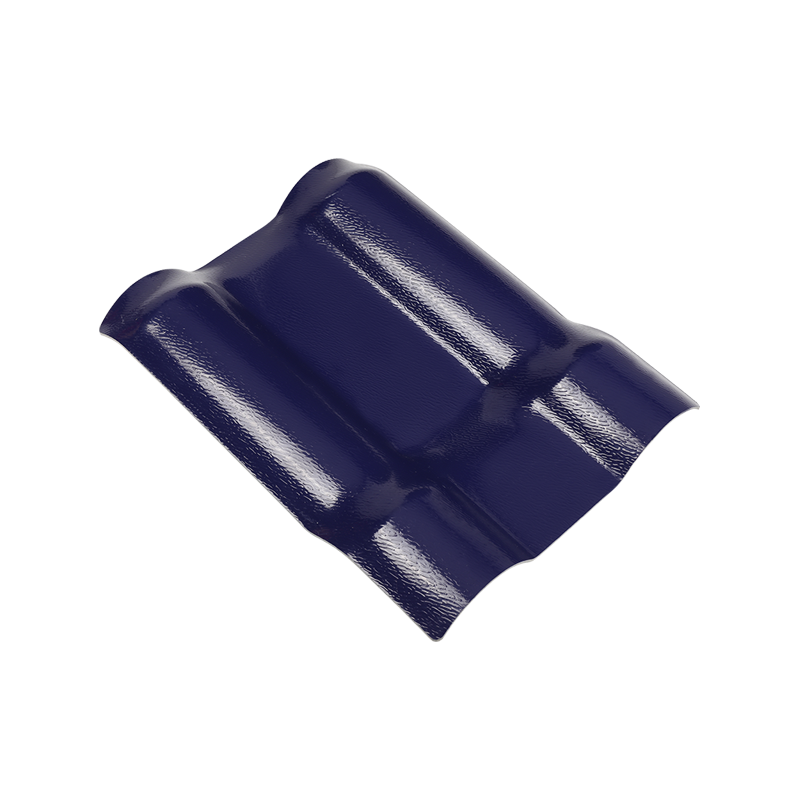
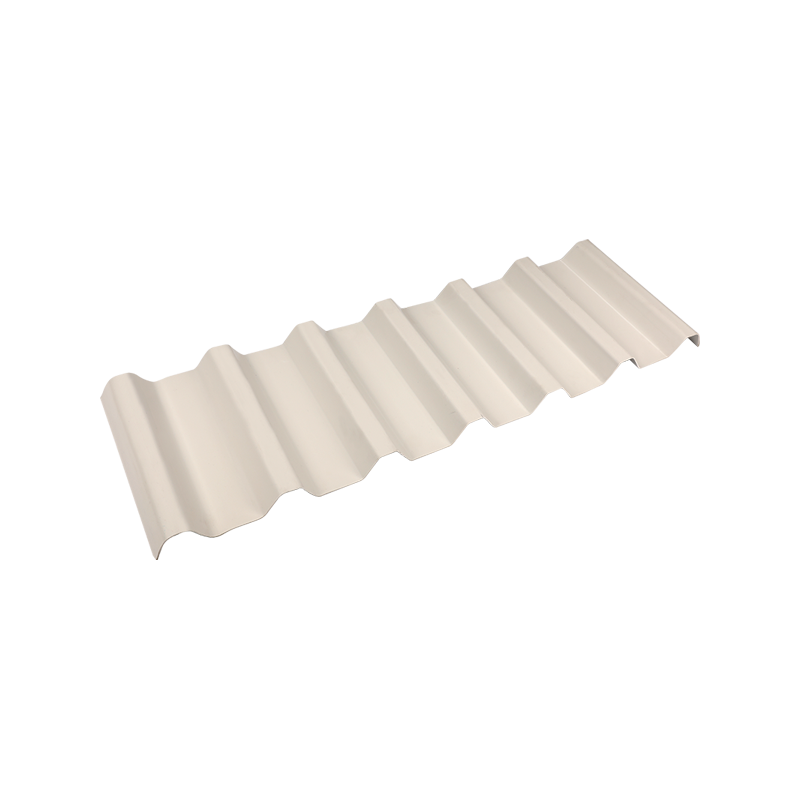
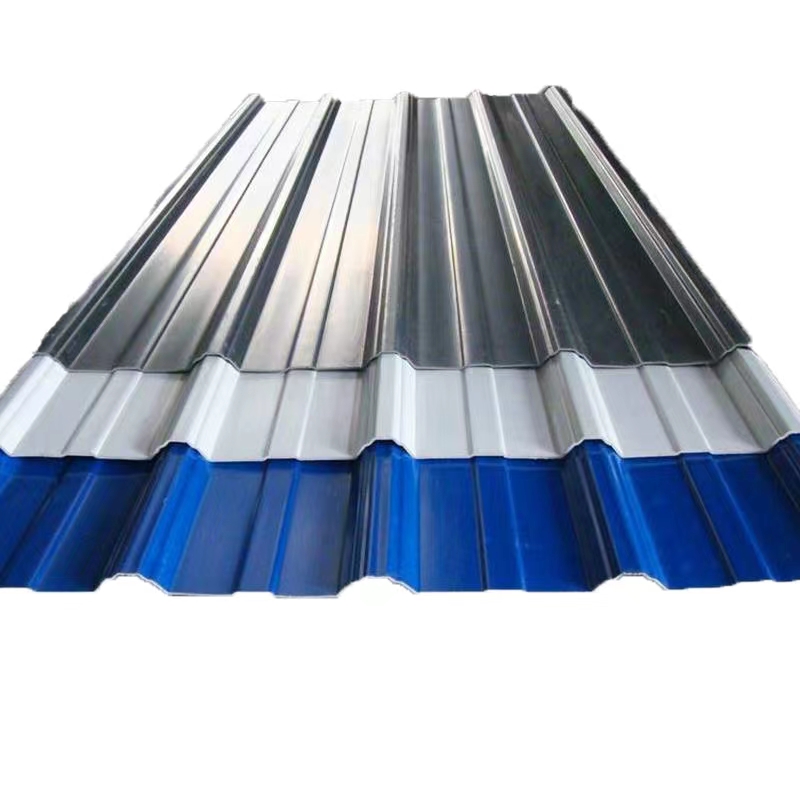
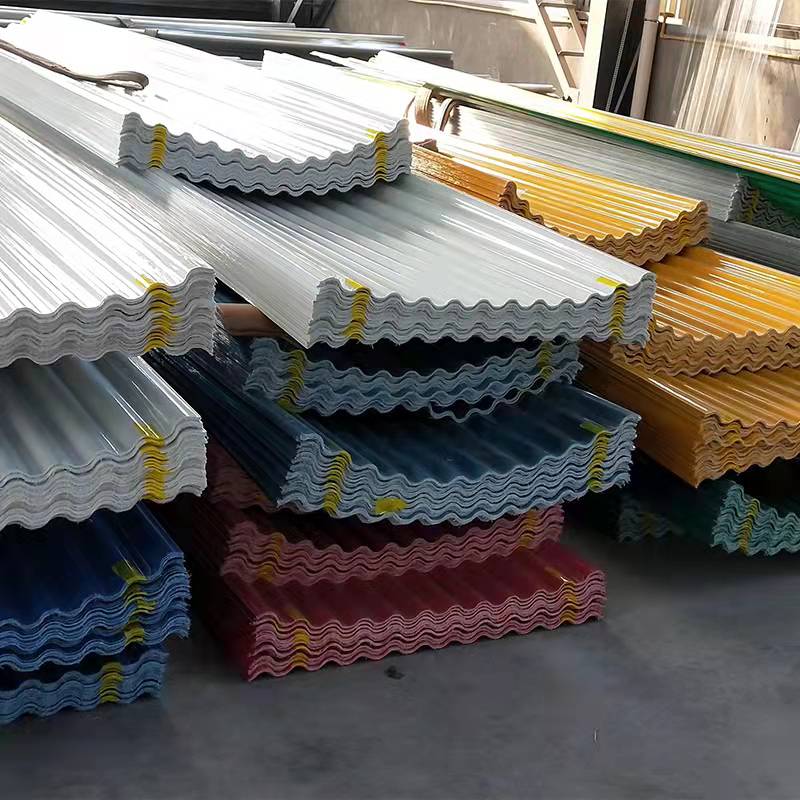
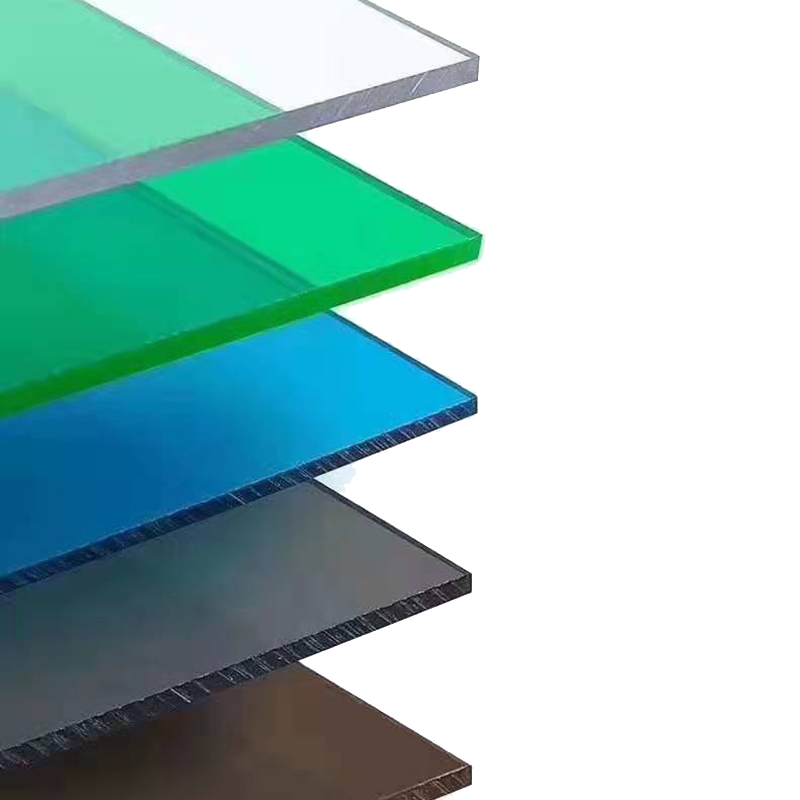
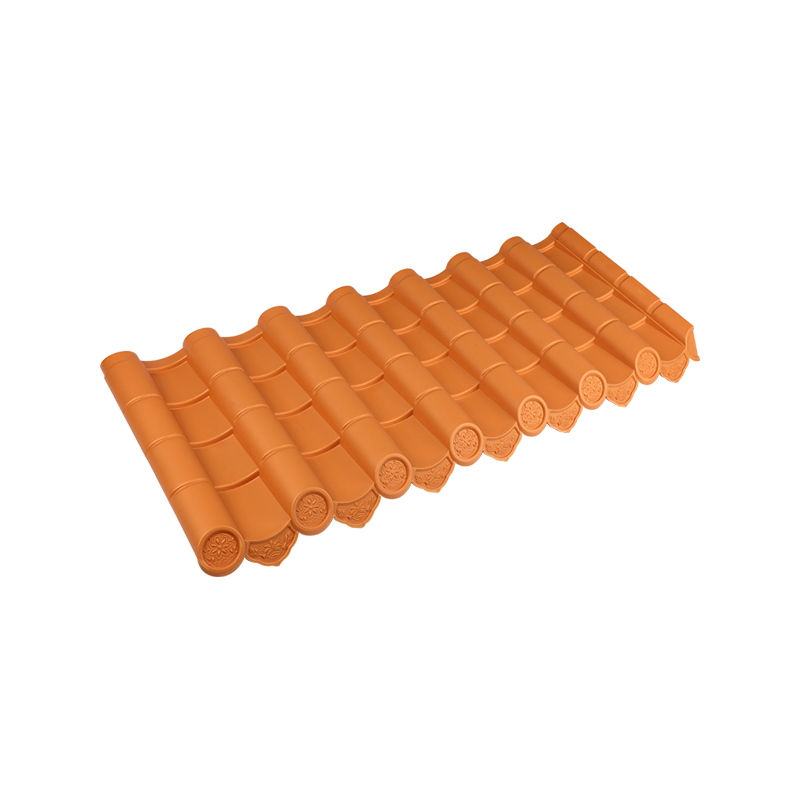
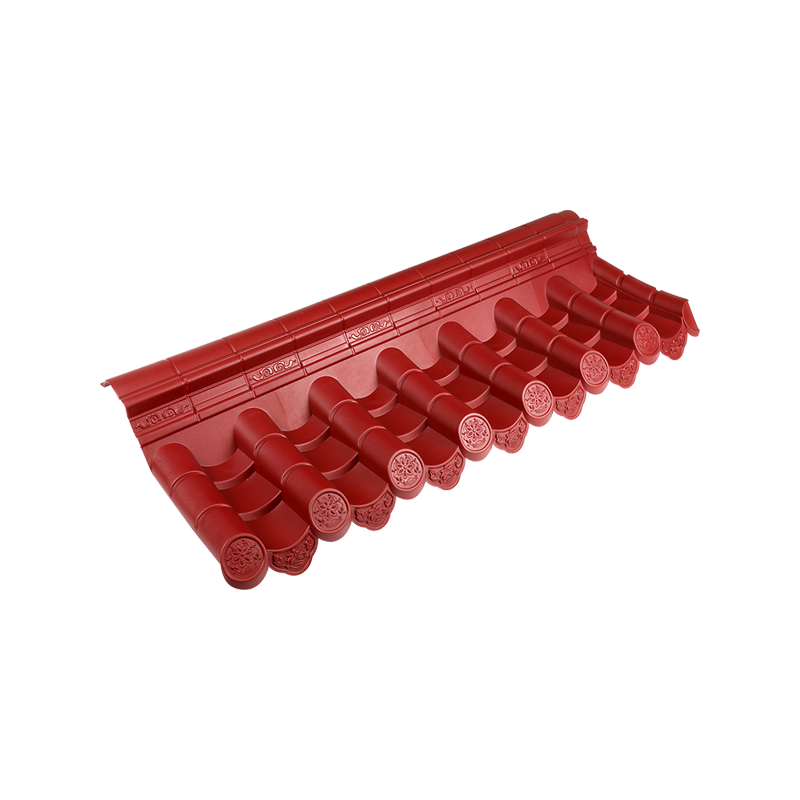


 Email:
Email: Phone:
Phone: Adress:
Adress: